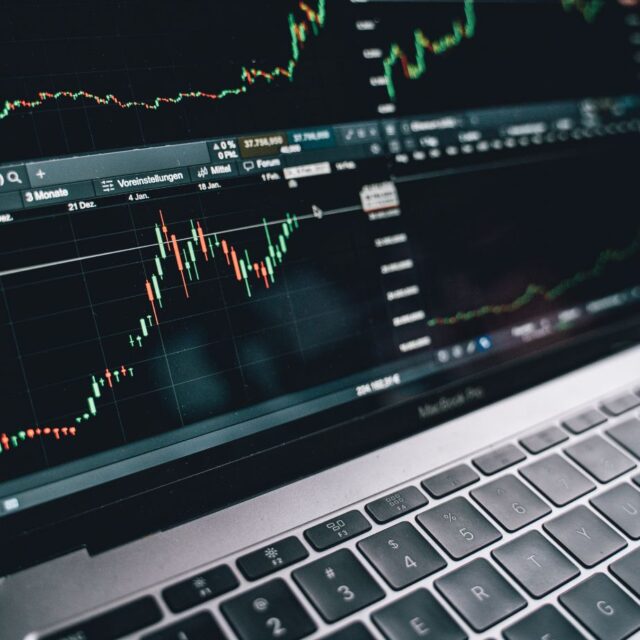
Swing trading and day trading are two different ways to trade the stock market. Both have their own pros and cons, so it can be difficult to decide which is the best option for you. In this blog post, we’ll take a look at the differences between swing trading and day trading, so you can figure out which is the right choice for your individual needs. Ready to get started? Let’s go!
Difference between Swing trading vs Day trading
When it comes to trading stocks, there are two main approaches: swing trading and day trading. Both have their own advantages and disadvantages, so it’s important to understand the difference between the two before deciding which one is right for you.
Swing trading involves holding onto a stock for a period of time in hopes of selling it at a higher price later on. The length of time can vary, but it is typically longer than a day. This approach tends to be less risky than day trading, since there is more time to make a profit. However, it can also take longer to see results, and you may miss out on opportunity if the stock price suddenly drops.
Day trading, on the other hand, involves buying and selling stocks within the same day. This approach is more risky, but it can also be more profitable if done correctly. Because you are only holding the stock for a short period of time, you can often sell it for a higher price than you paid for it. However, if the stock price drops, you may end up losing money.
So which approach is right for you? It depends on your individual goals and risk tolerance. If you’re patient and willing to take on a bit more risk, swing trading may be a good option. But if you’re looking for quick profits, day trading may be the way to go.
What are some common swing and day trading strategies
There are a number of different swing and day trading strategies that traders can use to try and profit from the markets. One popular strategy is known as trend following, which involves buying assets that are rising in price and selling them when they start to fall.
Another common strategy is known as contrarian investing, which involves taking positions against the prevailing market trend in the hope that it will eventually turn. Many traders also employ a combination of both approaches, switching between the two depending on the current market conditions.
Other common swing and day trading strategies include mean reversion, scalping, and momentum trading. Each of these has its own merits and drawbacks, so it is important for traders to carefully consider which one is most suitable for their needs before putting any money at risk.
What are the risks associated with swing trading and day trading
For swing traders, one of the biggest risks is that of market reversal. If the market moves against the trader’s position, they may be forced to close their position at a loss. Day traders also face the risk of market reversal, but they may also be caught off guard by sudden changes in price. Another risk associated with day trading is that of slippage. This occurs when the price of a security moves more quickly than expected, resulting in the trader either buying or selling at a less favorable price than anticipated.
Both swing trading and day trading come with their own set of risks, but with proper risk management these risks can be minimized. It’s important to carefully consider these risks before deciding which strategy is right for you.
How much money do you need to start swing and day trading
When it comes to swing and day trading, the most important factor is having enough capital to make trades that cover both the costs of commissions and the bid-ask spread. The amount of money needed will depend on the trader’s style and strategy, but a general rule of thumb is to start with at least $5,000. This will allow the trader to make trades with a total value of $10,000 without incurring too much in commissions. Of course, starting with more capital will give the trader more flexibility and potentially higher profits. But for those just starting out, it is important to remember that less is sometimes more.


































